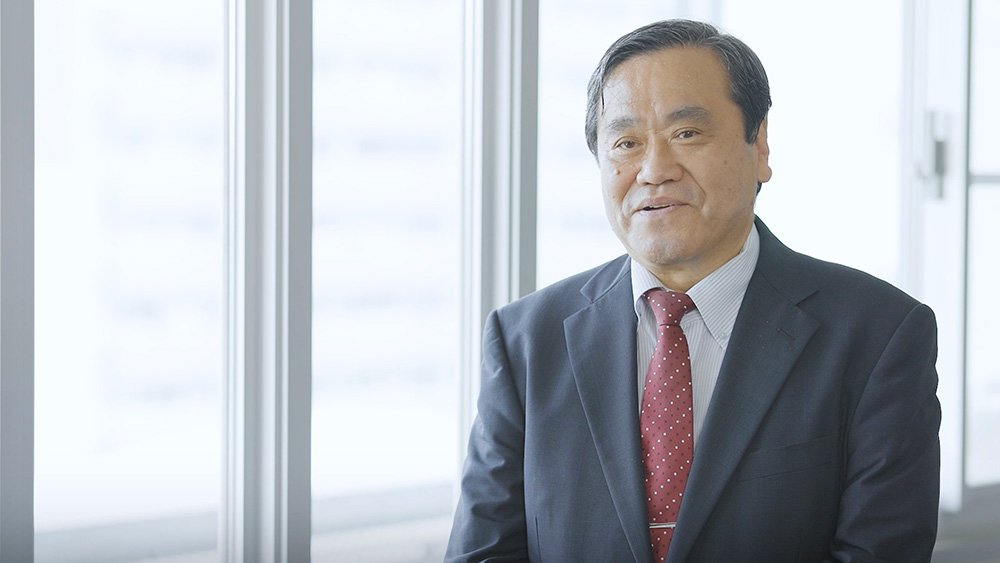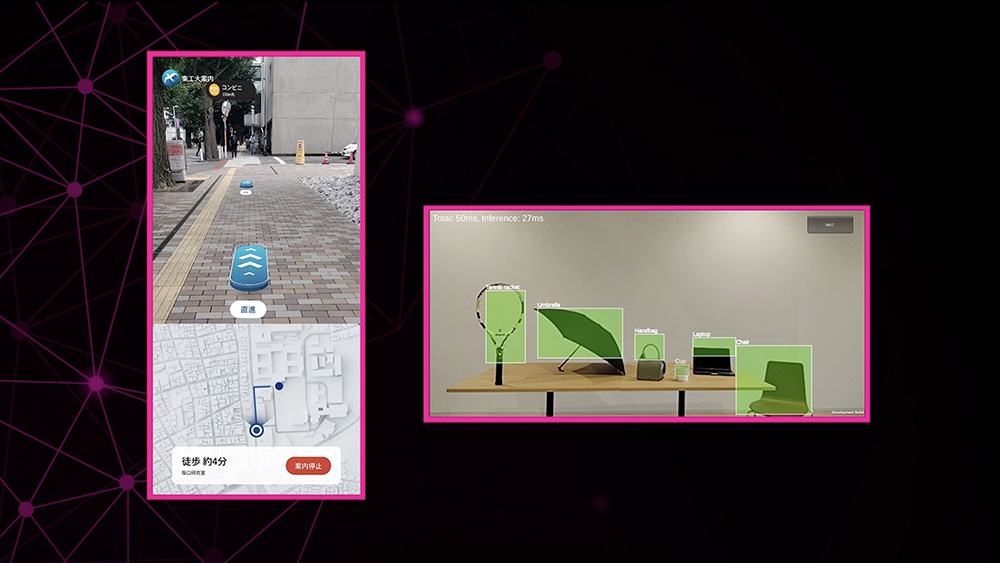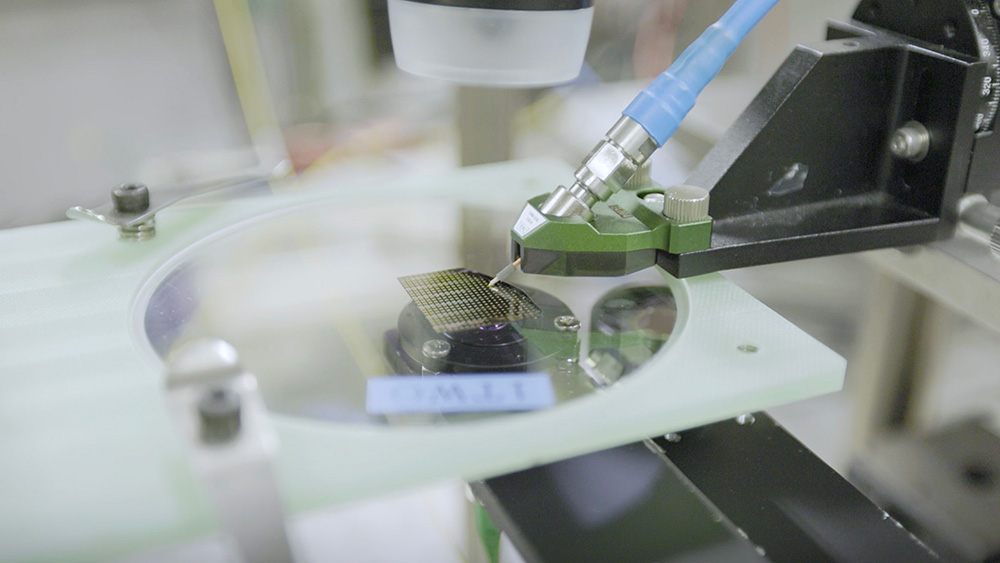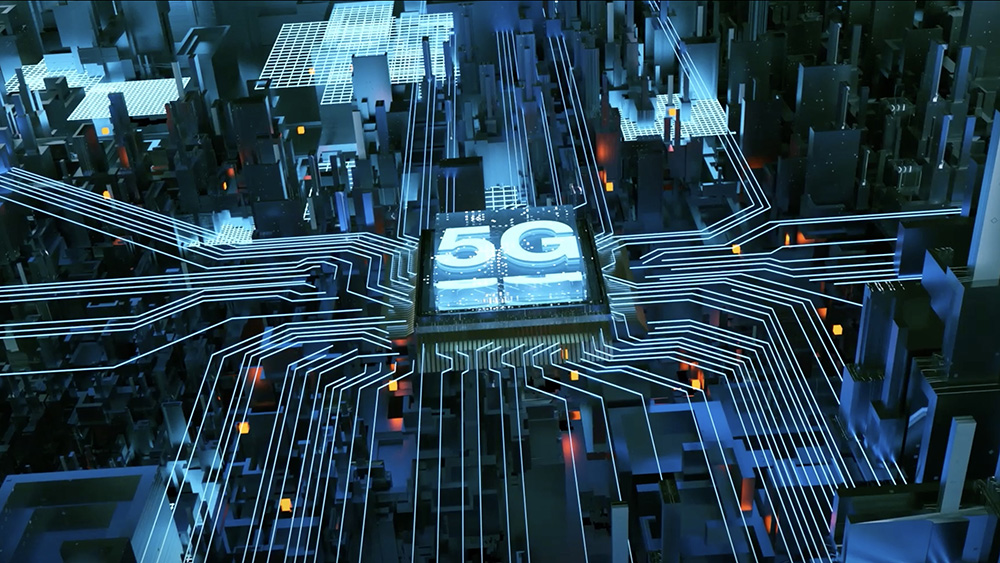R&D Close Up
Research and Development of Next-Generation Edge Cloud Computing Infrastructure to Support Beyond 5G Ultra-High Capacity Wireless Communication
Development of innovative high-speed, high-capacity data transfer hardware and research and development of high-performance edge cloud information processing infrastructure for the Beyond 5G era
Principal investigator: Fumio Koyama, Specially Appointed Professor and Unit Leader of VCSEL Photonics Unit, Institute of Innovative Research, Tokyo Institute of Technology; Emeritus Professor, PhD (Engineering)
Research institutions: National University Corporation Tokyo Institute of Technology/Gifu University, National University Corporations Tokai National Higher Education and Research System/Public University Corporation the University of Shiga Prefecture/Fujitsu Optical Components Limited/Furukawa Electric Co., Ltd./Furukawa Network Solution Corp./NEC Corporation/National University Corporation Osaka University/National University Corporation Tohoku University/Rakuten Mobile, Inc.
*This article is a re-edited version of the video content on the Function Realization Program under NICT’s Innovative ICT Fund Projects for Beyond 5G/6G.
Aiming to promote a "Super Smart Society"
Technologies that integrate cyberspace with physical space are indispensable for promoting the "Super Smart Society (Society 5.0)" promoted by the government. We interviewed Prof. Fumio Koyama, the head of the research team working on projects that include empirical research in collaboration with industry and academia to realize such technologies.

Please tell us about the purpose and features of this research project.
Koyama: The Cabinet Office is currently promoting the "Super Smart Society," or so-called "Society 5.0." Technologies that integrate cyberspace with the physical space of the real world are indispensable to achieve this. This in turn requires information transmission technologies that connect a large amount of information at high speed as well as information processing infrastructure technologies that process information at high speed in cyberspace.
In our current project, we are developing hardware technologies that perform high-speed information transmission using new hardware that did not exist previously or that performs high-performance information processing close to the device. Our development encompasses not only hardware but hardware-based technologies that support services for various needs and applications through network slicing, as well as novel computing technologies that achieve extremely high resource efficiency by grouping CPUs and GPUs or memory and storage. Furthermore, our project is unique because it has an extremely wide scope that includes even empirical research on the development of automated driving and other new applications for the beyond 5G era.



How is the project organized?
Koyama: This project is quite ambitious in the sense that we hope to implement the results of the project in the real world. Our project involves 12 research teams and around 50 researchers, but the actual number of researchers is several times larger as graduate students at universities are involved.

What do you hope to achieve from the results of this project?
Koyama: A "Super Smart Society" has the potential to address various challenges confronting Japan, such as our declining birthrate and aging population, as well as issues related to health, safety, disaster prevention, security, energy, and agriculture. We hope that the new hardware technologies, information processing infrastructure software technologies, application technologies, and other technologies developed in our project will be useful for achieving a “Super Smart Society.”
Thank you very much.





Column
[B5G Society] This is how the healthcare industry will change!
Industry challenges
The healthcare industry is currently facing the challenge of how to coexist with a rapidly aging society. Japan is expected to develop solutions for the world as a country tackling these social issues. Another challenge for the industry is overcoming new diseases such as COVID-19. It is imperative that such diseases are addressed and resolved promptly with minimal impact on our daily life, the healthcare system, and the economy. With regard to the challenge of how to develop pharmaceuticals and medical devices, there are expectations for Japan to achieve and spearhead cutting-edge medical technologies as research and development accelerates worldwide.

Future vision and potential solutions
The following elements would be essential in the future.
· Assistance and replication of physical functions and abilities that have been affected by aging
· Immediate response to and prompt resolution of outbreaks of new infectious diseases
· Development of cutting-edge medical technologies by building big data and improving AI accuracy, etc.
· Addressing the rapidly aging society by alleviating regional disparities in medical care and by systematizing and improving the efficiency of medical care
· Extension of healthy life expectancy through the early detection of diseases, preventive healthcare, and reduction of treatment risks
Enabling feasible resolution of these challenges with Beyond 5G technologies
Beyond 5G has the potential to achieve the future vision in the following ways.
(1) Assistance and replication of sensory perception functions
(2) Reduction of person-to-person contact opportunities, understanding of infection status, and health management
(3) Creation of databases for genome analysis
(4) Remote treatment
(5) Minimally invasive treatment and direct treatment of affected areas
Remote treatment requires high-definition video transmission at throughputs exceeding dozens of Gbps and ultra-safe and reliable transmission of operational information. Minimally invasive treatment and direct treatment of affected areas require an ultra-large number of simultaneous connections of several millions to several tens of millions of devices per square kilometer and the autonomous integration of devices in a zero-touch manner.



Source: Beyond 5G White Paper -Message to the 2030s-, Version 2.0 (Beyond 5G Promotion Consortium)

